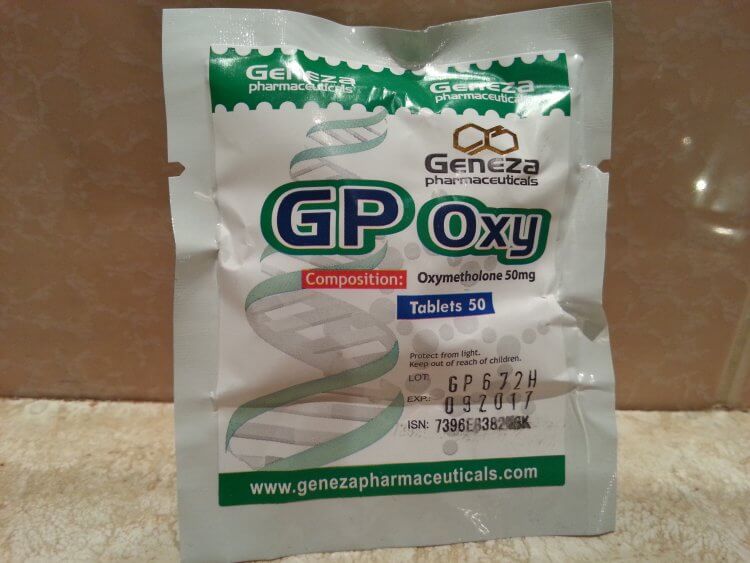Eur J Endocrinol. 2012 Dec 10;168(1):91-9. doi: 10.1530/EJE-12-0404. Print 2013 Jan.
Long-term effects of previous oxandrolone treatment in adult women with Turner syndrome.
Freriks K1,
et al.
Abstract
OBJECTIVE:
Short stature is a prominent feature of Turner syndrome (TS), which is partially overcome by GH treatment. We have previously reported the results of a trial on the effect of oxandrolone (Ox) in girls with TS. Ox in a dose of 0.03 mg/kg per day (Ox 0.03) significantly increased adult height gain, whereas Ox mg/kg per day (0.06) did not, at the cost of deceleration of breast development and mild virilization. The aim of this follow-up study in adult participants of the pediatric trial was to investigate the long-term effects of previous Ox treatment.
DESIGN AND METHODS:
During the previous randomized controlled trial, 133 girls were treated with GH combined with placebo (Pl), Ox 0.03, or Ox 0.06 from 8 years of age and estrogen from 12 years. Sixty-eight women (Pl, n=23; Ox 0.03, n=27; and Ox 0.06, n=18) participated in the double-blind follow-up study (mean age, 24.0 years; mean time since stopping GH, 8.7 years; and mean time of Ox/Pl use, 4.9 years). We assessed height, body proportions, breast size, virilization, and body composition.
RESULTS:
Height gain (final minus predicted adult height) was maintained at follow-up (Ox 0.03 10.2±4.9 cm, Ox 0.06 9.7±4.4 cm vs Pl 8.0±4.6 cm). Breast size, Tanner breast stage, and body composition were not different between groups. Ox-treated women reported more subjective virilization and had a lower voice frequency.
CONCLUSION:
Ox 0.03 mg/kg per day has a beneficial effect on adult height gain in TS patients. Despite previously reported deceleration of breast development during Ox 0.03 treatment, adult breast size is not affected. Mild virilization persists in only a small minority of patients. The long-term evaluation indicates that Ox 0.03 treatment is effective and safe.
J Voice. 2011 Sep;25(5):602-10.
The effect of oxandrolone on voice frequency in growth hormone-treated girls with Turner syndrome.
Menke LA1,
et al.
Abstract
OBJECTIVES/HYPOTHESIS:
Oxandrolone (Ox) increases height gain but may also cause voice deepening in growth hormone (GH)-treated girls with Turner syndrome (TS). We assessed the effect of Ox on objective and subjective speaking voice frequency in GH-treated girls with TS.
STUDY DESIGN:
A multicenter, randomized, placebo (Pl)-controlled, double-blind study was conducted.
METHODS:
One hundred thirty-three patients were included and treated with GH (1.33 mg/m2/d) from baseline, combined with Pl or Ox in a low (0.03 mg/kg/d) or conventional (0.06 mg/kg/d) dose from the age of 8 years and estrogens from the age of 12 years. Yearly from starting Ox/Pl until 6 months after discontinuing GH+Ox/Pl, voices were recorded and questionnaires were completed.
RESULTS:
At start, mean (±standard deviation [SD]) voice frequency SD score (SDS) was high for age (1.0±1.2, P<0.001) but normal for height. Compared with GH+Pl, voices tended to lower on GH+Ox 0.03 (P=0.09) and significantly lowered on GH+Ox 0.06 (P=0.007). At the last measurement, voice frequency SDS was still relatively high in GH+Pl group (0.6±0.7, P=0.002) but similar to healthy girls in both GH+Ox groups. Voice frequency became lower than -2 SDS in one patient (3%) on GH+Ox 0.03 and three patients (11%) on GH+Ox 0.06. The percentage of patients reporting subjective voice deepening was similar between the dosage groups.
CONCLUSIONS:
Untreated girls with TS have relatively high-pitched voices.
The addition of Ox to GH decreases voice frequency in a dose-dependent way. Although most voice frequencies remain within the normal range, they may occasionally become lower than -2 SDS, especially on GH+Ox 0.06 mg/kg/d.

 thinksteroids.com
thinksteroids.com

 thinksteroids.com
thinksteroids.com



